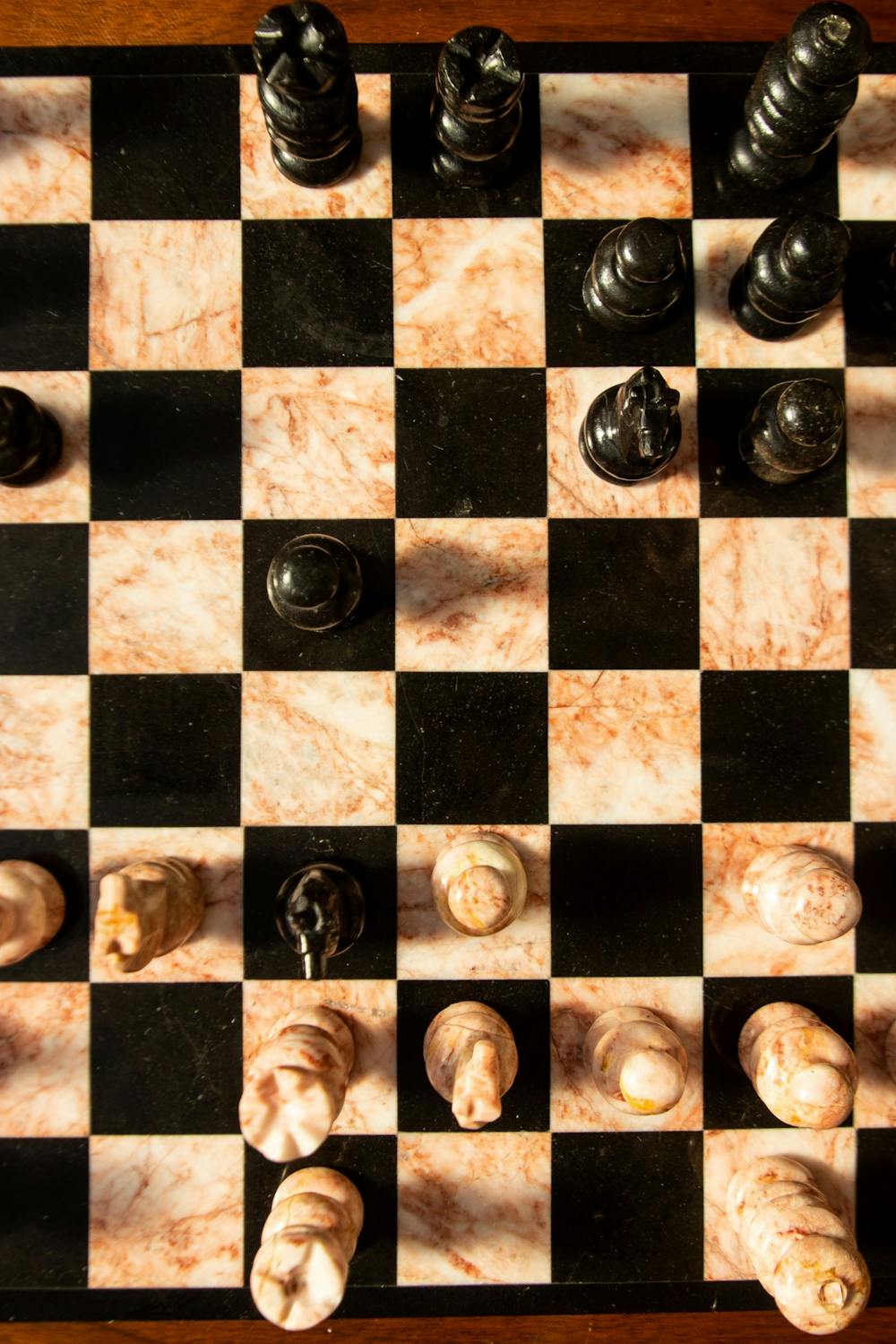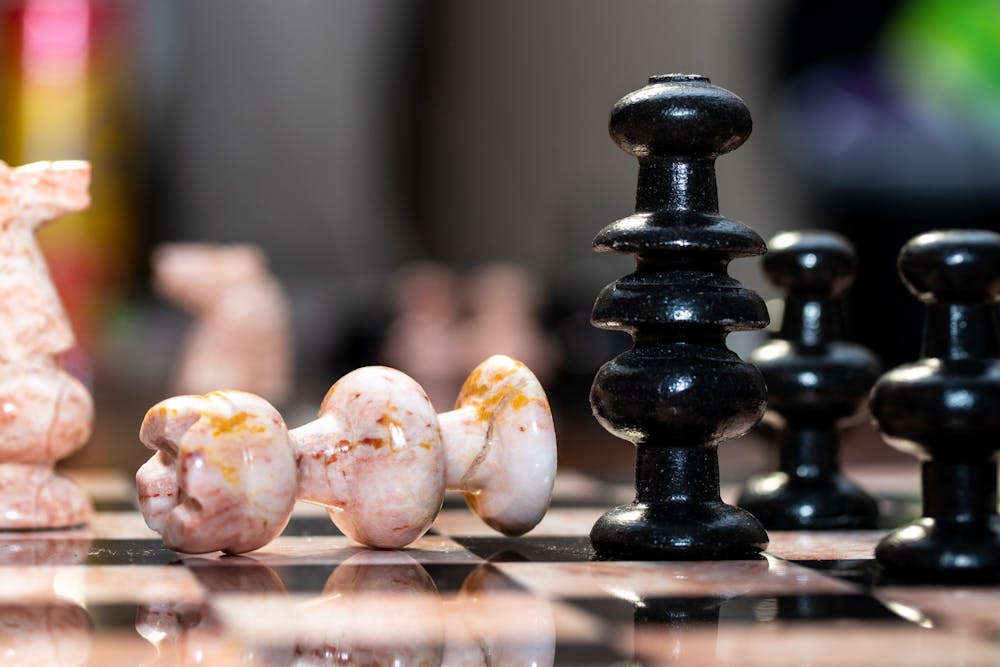The first time I found myself at the chessboard was in fourth grade at an after-school chess club. I had no idea what the game of black and white wooden pieces across sixty-four tiles was about, but I figured it was better to kick it with my friends after school for an hour instead of going home. Our supervisor tried his best to explain the rules, especially why the knight moves in an L-shape rather than up, down, or diagonally. Looking back on it, I wish I had paid more attention to him because I could tell he was really passionate about the game (something I now realize all avid chess players are). I also know that most people who end up becoming Grand Masters, or top experts in the game, started before they were 10 years old so maybe I could've used this to my advantage if I wanted to become the next Grand Master to hail from Columbia, South Carolina. However, it didn’t take long before the end of the year tournament, where after losing 3 games in, I left chess alone for a decade.
Fast-forward to the year 2020, Chess re-entered my life in a weirdly surprising way. Pawn to d4 was the infamous move played by protagonist Beth Harmon in the show that took Netflix watchers by storm. The Queens Gambit, a show about a woman’s meteoric rise as a chess prodigy to become world champion, revitalized the game’s popularity. While the show has its merits as a well-written and poised production, many avid chess players were delighted to see the game in front of all their friend’s screens. Having nothing else better to do during the middle of a pandemic and online classes, I decided to give the show a watch. I must admit that the more episodes I watched, the more I wanted to play chess. I felt as if it would’ve been ingenuine though, only returning to the game while riding the hype of a show. But on the other end, if the hype of the show couldn’t make me play chess, then I probably wouldn't ever play again.
So I decided to play again.

After downloading Chess.com on my phone, it’s embarrassing to say that it’s the second most used app on my phone. For the next 3 months, I played chess not only to get better but also as a stress reliever and when I felt especially bored. It didn’t take long before I noticed something incredibly unique. Chess wasn’t a simple game of marching pawns forward, protecting the king, and causing havoc with the Queen. It was about opening theories, gambits, endgames, and the fact that just after 3 moves, more than 121 million possible games could be played. The game is timeless, and with each game under my belt, there is the slight possibility that my game has been played in the past, or will be played again in the future.
Is chess a sport, an art, or something else entirely? The point is, no one knows - and that's where the beauty really is. Grandmaster Garry Kasparov once said, "Chess is one of the few arts where composition takes place simultaneously with performance”. So regardless of how you perceive the game, one thing is known: Whether you are a 7-year old Beth Harmon sitting down at the game, or a college student rookie trying to figure out why the horse piece moves funny, chess is undoubtedly a universally appreciated game that has ageless possibilities.



